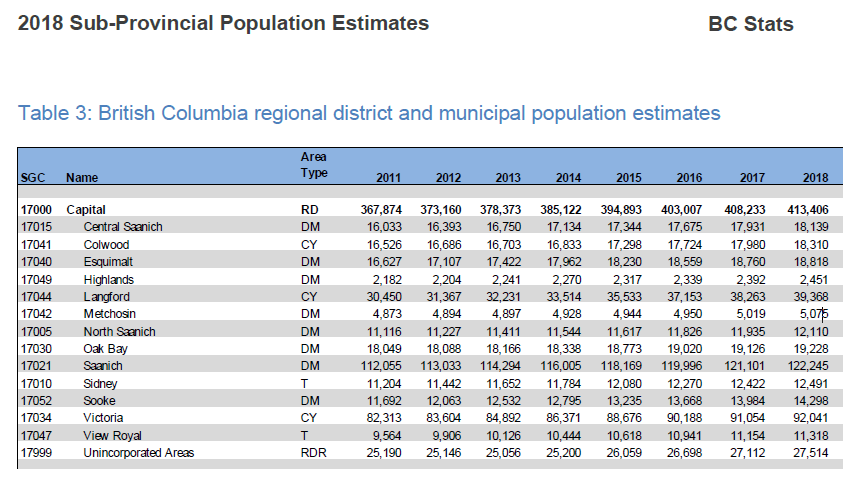The 45+ age brackets are specific to boomers and retirees for the 2011 and 2016 census periods (boomers were 48+ in 2011, 52+ in 2016). I'd have started my numbers at 48 if we had that breakdown, but we do not. My article was specific to boomers and retirees, but your blog shapes the article as solely about retirees (65+).
Clearly we're interpreting the data in different ways, and we clearly do not agree with each other, but we also don't need to be blatantly picking apart each other's articles in the pieces that we publish on our respective platforms.
Examining whether the boomers (currently aged 52-71) are the biggest newcomers would be a another analysis. Requires additional work applying mortality estimates across the range to conclusively determine the number of newcomers.
Thing is with data in this case, it is not about interpreting it one way or the other. There is a correct way to calculate the change in population due to migration. By factoring aging out of the equation we are left with net migration and mortality. We can factor out mortality as well, that leaves net migration. As for blatant picking apart, sorry, didn't find much other coverage of the supposed boom in retirees coming here and given I said months ago that your analysis didn't hold up it made sense to examine the specific claims in detail now. Next time I'll let the article stand alone.
Edited by LeoVictoria, 21 August 2017 - 06:35 AM.
















